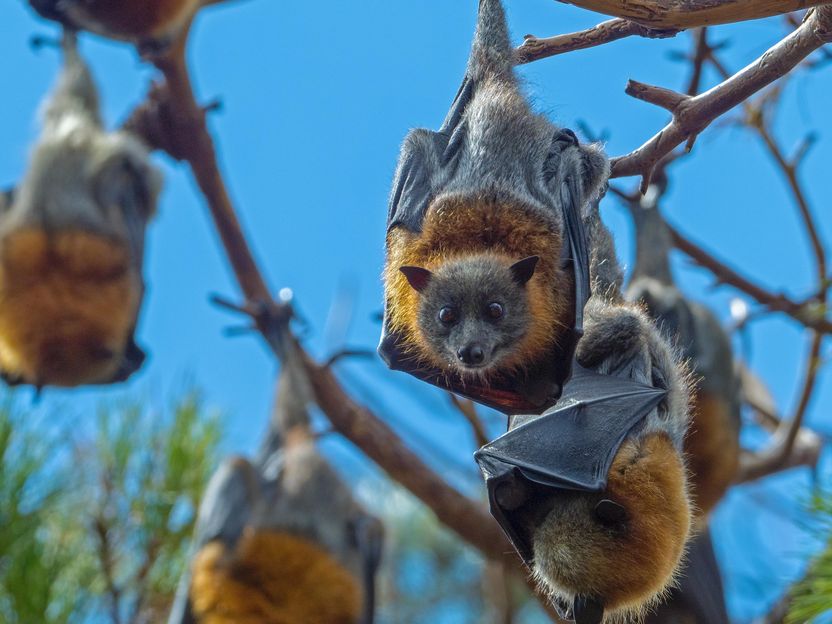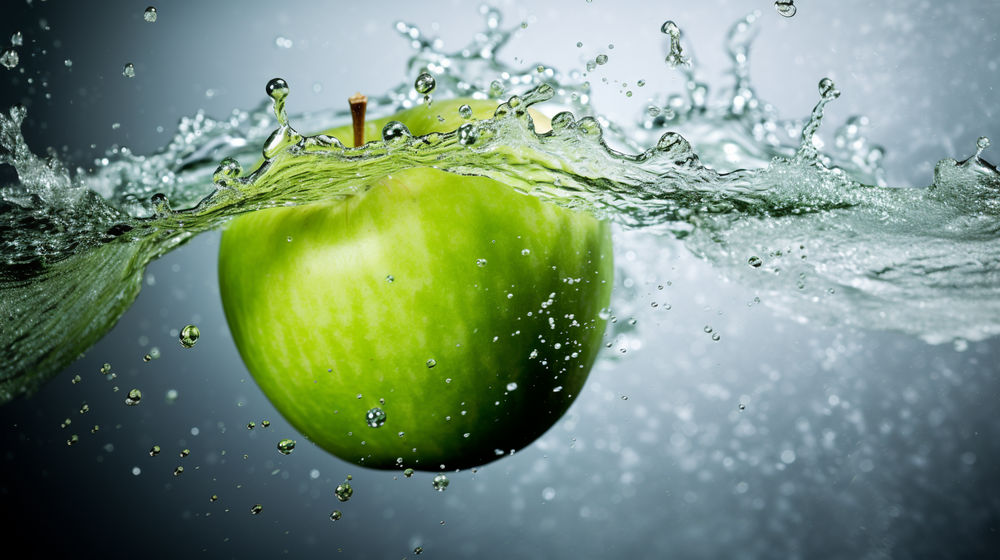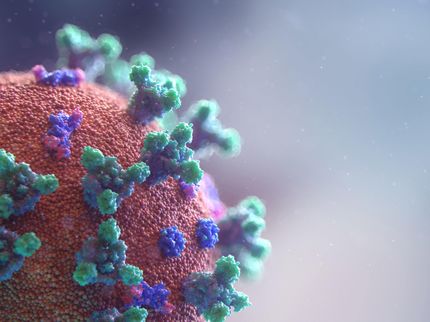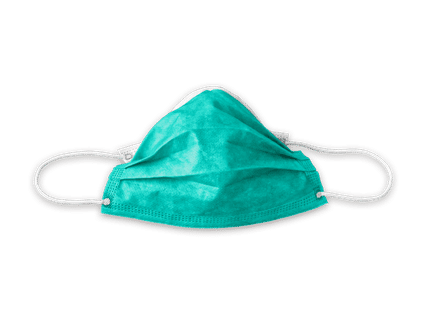Wildlife business is a time bomb
New virus outbreak possible
Advertisement
Two years after the start of the Corona pandemic, the danger of a new virus outbreak continues to lurk in the handling of wild animals in China and Southeast Asia. The risk lies in overcrowded markets, lack of hygiene even during transport, in breeding farms or during slaughter. "It's only a matter of time before something like this happens again," a European diplomat and health expert told Deutsche Presse-Agentur in Beijing. "This is a time bomb." The warnings are backed up by new scientific research into the wildlife trade.

Photo by René Riegal on Unsplash
Foreign and Chinese researchers in China studied 1725 wild animals from five mammal groups. They discovered 45 previously unknown viruses, including 18 "potentially high-risk" pathogens for humans, according to the study, which is going through peer review. The study highlights why traded wildlife and live animal markets are a problem and must eventually lead to a pandemic, co-author Edward Holmes, a professor of infectious diseases at the University of Sydney, told the Bloomberg news agency.
The tree-dwelling larval roller (Paguma larvata), a member of the creeping cat family that had already been linked to the 2002/03 outbreak of the first Sars virus, had shown the highest number of potentially dangerous pathogens, the scientists noted. Transmission of an alpha coronavirus from bats, suspected to be the source of Sars-CoV-2, to a larval roller had also been detected, they said.
"Breeding and trading wild animals such as larval rollers are absolutely dangerous," Professor Shuo Su of Nanjing Agricultural University, who was involved, told dpa. The problem must be addressed, he said. "Otherwise, new pathogens may appear in the population in the future." China has already banned the breeding of larval rollers and other animals, he said. Nevertheless, he said, attention must also be focused on Southeast Asia, where there is much more wildlife trade - "legal and illegal."
The Chinese side has begun to regulate the industry more closely, confirmed the European health expert in Beijing, who did not want to be named. But the problem in China is always implementation, he said: "Deep in the provinces and the further you get from the cities, there are things that shouldn't be happening." With widespread "nepotism" in China, he said, it is also difficult to properly crack down.
Exactly where the virus behind Covid-19 came from may never be known. But what is certain is that the initial mass spread can be traced to the Huanan market in the central Chinese city of Wuhan. Health officials discovered many traces of the coronavirus, especially in the wild animal stalls. Out of 585 samples, 33 were positive, 93 percent of which came from the western part of the market where wild animals were sold, state agency Xinhua reported in January 2020. "It indicates that the virus originated from wild animals sold in the Huanan market."
Huanan is a typical example of such markets (wetmarkets) with fresh produce and animals in cages, the study's researchers explained: "Poor hygienic conditions and close contact between animals and humans, as well as a wide mix of species within the live animal market and restaurants to be supplied, make it an ideal breeding ground for emerging infectious diseases."
The wild animal business had expanded rapidly in China in the previous two decades. In 2016, the sector generated sales of 520 billion yuan, the equivalent of 71 billion euros today. More than 14 million people found work, mostly unskilled laborers working in family farms. The industry has lifted many people out of poverty. Wild animals are bred in China for consumption, pelts, medicine and science - including bears, foxes, badgers, minks, pangolins, porcupines, macaques, ferrets, squirrels, raccoons, deer, tanuki and more.
After the Covid-19 outbreak, trade was restricted in 2020 and the consumption of wild animals was banned. Many farms were closed, and operators were mostly compensated. However, breeding for fur, science, medicine and zoos was allowed to continue. This has been met with criticism even in China by scientists who have called for much more far-reaching bans.
Fur farming makes up the largest part of the wildlife business. There is a great danger that viruses could also be transmitted from humans to animals and back at some point, mutating as happened in mink farms in Denmark. "Breeding and slaughtering wild animals for any purpose carries the risk of zoonotic diseases," an Oxford study warned.
But attempts to adopt a global policy at the United Nations failed. At the very least, animals caught in the wild were not to be traded in markets or brought there at all. The aim of the plan was to ensure that only animals from regulated and supervised breeding were sold or processed there. However, the chief economist of the UN Food and Agriculture Organization (FAO) stood in the way of the plan - with the backing of the Chinese FAO chief Qu Dongyu./lw/DP/zb (dpa)
Note: This article has been translated using a computer system without human intervention. LUMITOS offers these automatic translations to present a wider range of current news. Since this article has been translated with automatic translation, it is possible that it contains errors in vocabulary, syntax or grammar. The original article in German can be found here.
Other news from the department business & finance
Most read news
More news from our other portals
See the theme worlds for related content
Topic world Hygiene
Hygiene is the foundation of the food and beverage industry. Hygiene technology ensures that products are not only tasty, but most importantly, safe for consumption. From advanced cleaning processes to sterile filling techniques, the industry is constantly setting new standards to prevent contamination and the growth of microorganisms.

Topic world Hygiene
Hygiene is the foundation of the food and beverage industry. Hygiene technology ensures that products are not only tasty, but most importantly, safe for consumption. From advanced cleaning processes to sterile filling techniques, the industry is constantly setting new standards to prevent contamination and the growth of microorganisms.






























































